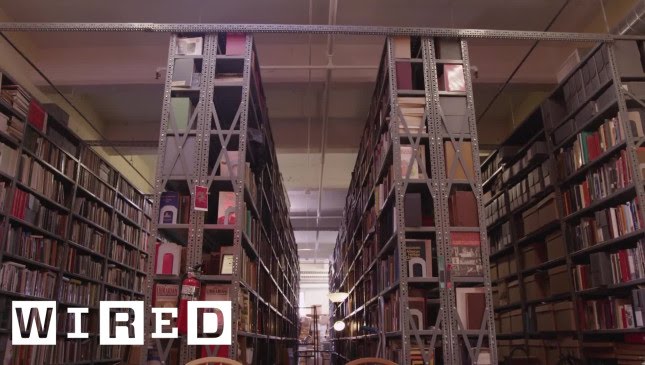The Art of Paper Airplanes: Designing and Folding Techniques by John Collins
Summary
In this article, we explore the world of paper airplanes and the techniques used by John Collins, also known as the paper airplane guy, to design and fold high-performance paper planes. Collins has set a world record for the farthest distance flown by a paper airplane, and he shares his expertise on accurate folding, symmetry, and design elements that improve the plane’s gliding efficiency.
Table of Contents
- The Origins of John Collins’ Passion for Paper Airplanes
- Designing and Folding Techniques for High-Performance Paper Airplanes
- Tips for Improving the Gliding Efficiency of Paper Airplanes
- Adjustments for Stability and Preventing Stalling
- Conclusion
The Origins of John Collins’ Passion for Paper Airplanes
John Collins has been fascinated by the mechanics of flight since he was a child. He has studied the mechanisms used by insects, birds, and airplanes to understand how things fly. Collins decided to study origami for ten years to learn folding techniques that he could apply to paper airplanes. His passion for paper airplanes led him to design and fold one of the most high-performance paper airplanes that set a new world record for distance six years ago.
Designing and Folding Techniques for High-Performance Paper Airplanes
Collins uses regular 8.5 by 11, 20-pound paper to design his planes. He emphasizes accurate folding, lining up edges correctly, and overall symmetry. He demonstrates how to fold his world record plan, named Suzann, which starts with diagonal folds and ends with bringing the creased corner to the end of a crease. The speaker advises lining up diagonal folds on both sides to hit the center of the X, folding a flap over two corners, and then folding the plane in half.
Tips for Improving the Gliding Efficiency of Paper Airplanes
The speaker suggests making the wings a little wider to improve the plane’s gliding efficiency. They emphasize that every flight is a test flight and adjustments can be made to improve the plane’s performance. With gliders, the center of gravity should be slightly in front of the center of lift to prevent stalling.
Adjustments for Stability and Preventing Stalling
The speaker recommends giving the plane positive dihedral angle and bending the rear corners slightly upward for stability. These adjustments help the plane maintain a level flight and prevent stalling.
Conclusion
In conclusion, the art of paper airplanes is a fascinating world that requires attention to detail, accuracy, and patience. John Collins has dedicated his life to perfecting the art of paper airplanes, and his techniques have led to world records and countless hours of entertainment for people of all ages. With the tips and adjustments shared in this article, we hope that you can design and fold your own high-performance paper airplanes. Remember, every flight is a test flight, and adjustments can always be made to improve the plane’s performance.







